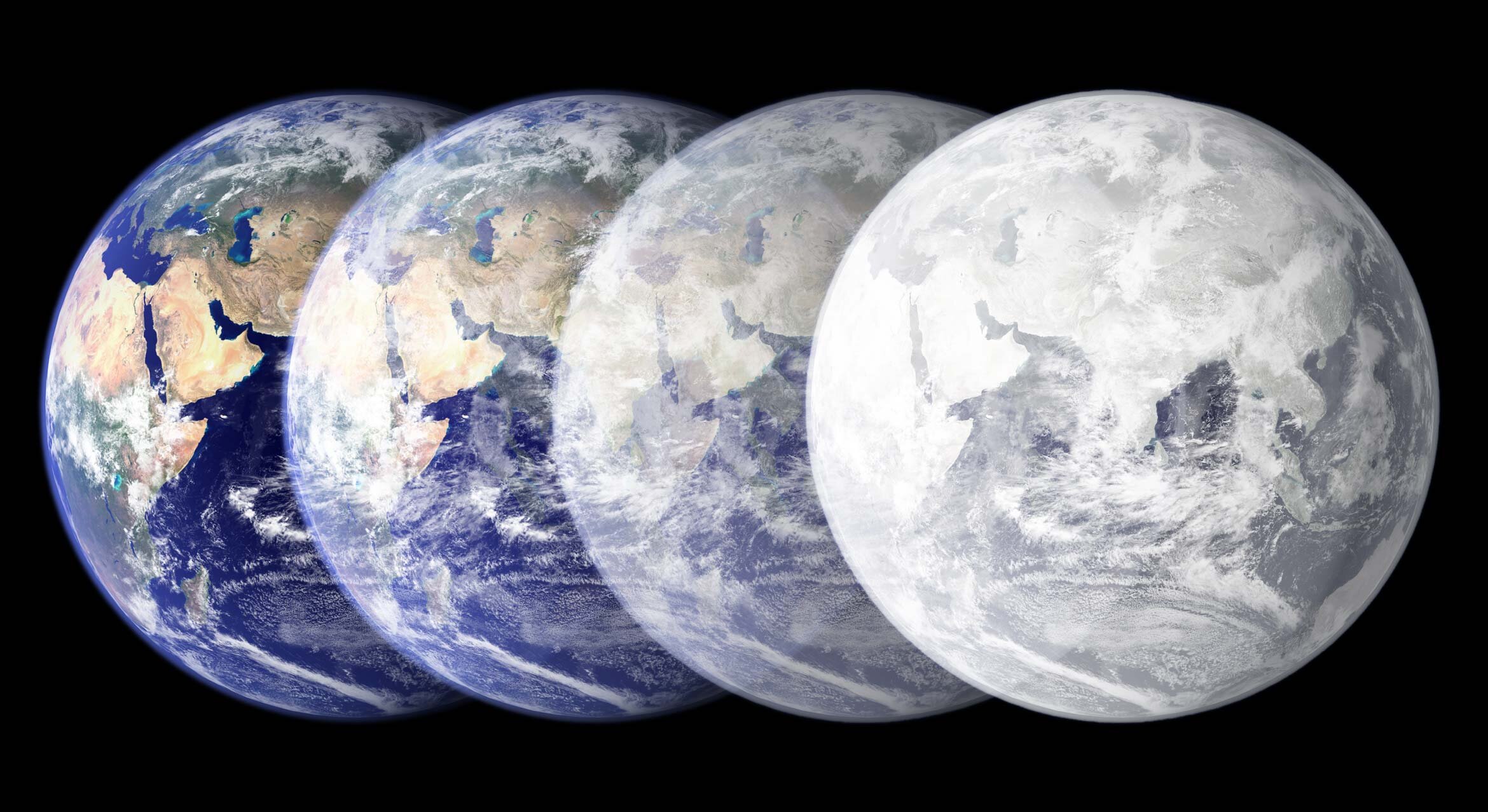Follow us on Google News (click on ☆)

The Earth would naturally enter a new ice age if human-induced greenhouse gas emissions do not alter the climate trajectory.
Credit: Matt Perko, UC Santa Barbara
An international team, including researchers from UC Santa Barbara, has published its findings in the journal Science. Their analysis is based on a new interpretation of variations in the Earth's orbit around the Sun, which influence the climate over millennia. This study provides a deeper understanding of the planet's glacial cycles.
The researchers examined a one-million-year climate record, documenting changes in the size of the Northern Hemisphere ice sheets and deep ocean temperatures. They correlated these changes with cyclical variations in the Earth's orbit, its oscillation, and the tilt of its axis.
Lorraine Lisiecki, co-author and professor at UC Santa Barbara, highlighted the discovery of a predictable pattern for transitions between glacial and interglacial periods. Stephen Barker, from Cardiff University, expressed his amazement at the clarity of the orbital parameters' imprint on the climate.
Predictions of a link between the Earth's orbit and glacial cycles have existed for over a century, but were only confirmed by real data in the 1970s. The team overcame dating difficulties by analyzing the shape of the climate record over time.
The authors identified a reproducible pattern for each glaciation over the past 900,000 years. In the absence of human greenhouse gas emissions, the Earth would currently be in a stable interglacial period, with the next ice age expected in 10,000 years.
Chronis Tzedakis, from University College London, and Gregor Knorr, from the Alfred Wegener Institute, noted that human CO2 emissions have already deviated the climate from its natural course, adding uncertainty about the transition to a glacial state in 10,000 years.
The team plans to use these findings to establish a baseline for the Earth's natural climate over the next 10,000 to 20,000 years. By combining this data with climate simulations, researchers hope to quantify the absolute effects of human-induced climate change.
Stephen Barker emphasized the importance of these findings for predicting future climate changes with new confidence. This information is crucial for informing current decisions on greenhouse gas emissions, which will determine future climate changes.
How do variations in the Earth's orbit influence the climate?
Variations in the Earth's orbit, known as Milankovitch cycles, play a role in long-term climate changes. These cycles include eccentricity (the shape of the orbit), obliquity (the tilt of the Earth's axis), and precession (the wobble of the axis).
Eccentricity affects the distance between the Earth and the Sun, influencing the amount of sunlight received. Obliquity changes the angle of incidence of solar rays, affecting the seasons. Precession influences the timing of the seasons relative to the Earth's position in its orbit.
These orbital variations alter the distribution and intensity of solar energy received by the Earth, leading to glacial and interglacial periods. Researchers have used these cycles to predict future climate changes.
Understanding these mechanisms allows for better anticipation of the impacts of human activities on the climate, distinguishing natural variations from anthropogenic disturbances.
What is an interglacial period?
An interglacial period is a warm interval between two glacial periods, characterized by the retreat of ice sheets and a rise in sea level. The Earth is currently in an interglacial period called the Holocene, which began about 11,700 years ago.
These periods are marked by higher temperatures and more diverse ecosystems. They provide favorable conditions for the development of human life and civilizations.
Interglacial periods are influenced by Milankovitch cycles, but human activities, such as greenhouse gas emissions, can prolong or alter these periods.
The study of interglacial periods is essential for assessing the resilience of ecosystems and societies to climate changes, whether natural or human-induced.